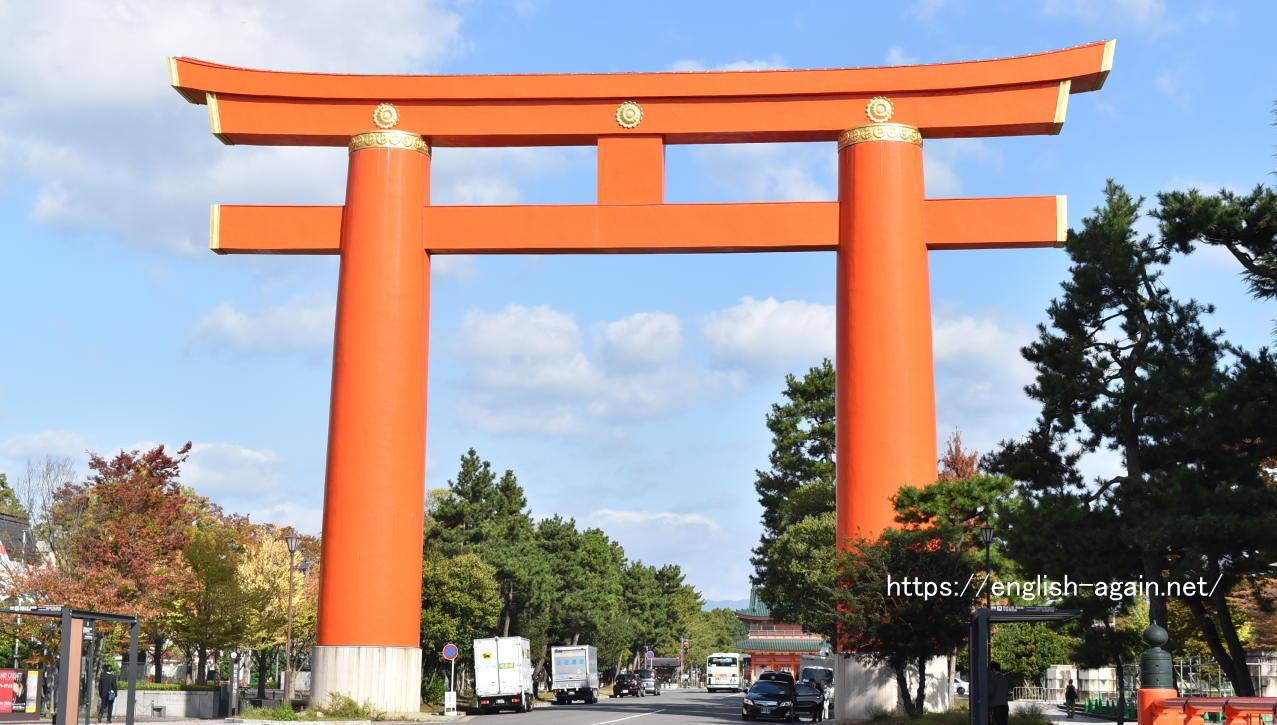「あなたはどの宗教を信じていますか?」と聞かれてはっきり答える日本人は少ないように思います。
というのも日本人の多くは特定の宗教を信じているというより、習慣という形で神社やお寺にお参りしたり宗教行事に参加しているからです。

この記事を書いている人
「英会話ラン」の編集長です。インバウンドガイドをしています。5年間で1,300人以上の外国の方をご案内。外国人観光客に日本のことを説明する場合に必要な知識をまとめています。
初詣や七五三などでおまいりする「神社」は「神道(しんとう)」の施設です。
神社はお参りするというより観光名所として多くの外国人観光客が訪れます。日本人のお参りの様子を見て興味を持つ方が多いので、最低限の説明ができるようにしましょう。
神道(Shinto)を英語で説明しよう
神道について英語で説明しよう
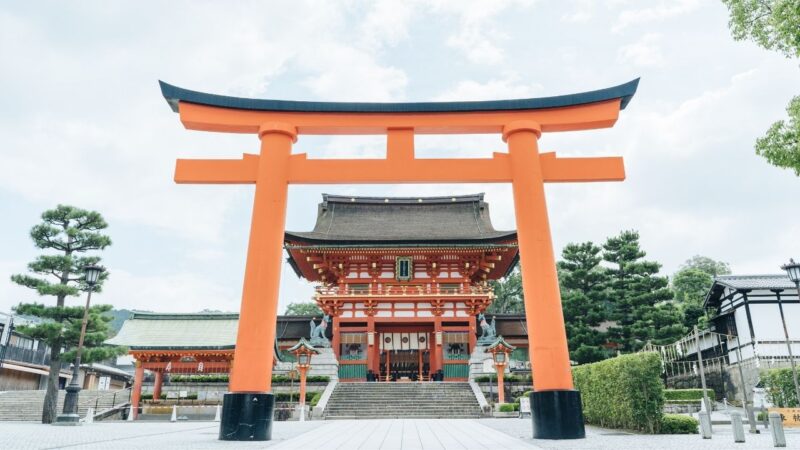
Shinto is the indigenous religion of Japan.
There are no founders and lessons, so everybody can join any religious beliefs.
In Shinto, it is based upon the worship of nature, ancestors, and ancient heroes.
In Shinto, the focus is on the present world in which we exist now, rather than on former or future lives.
神道でいう神様とは?
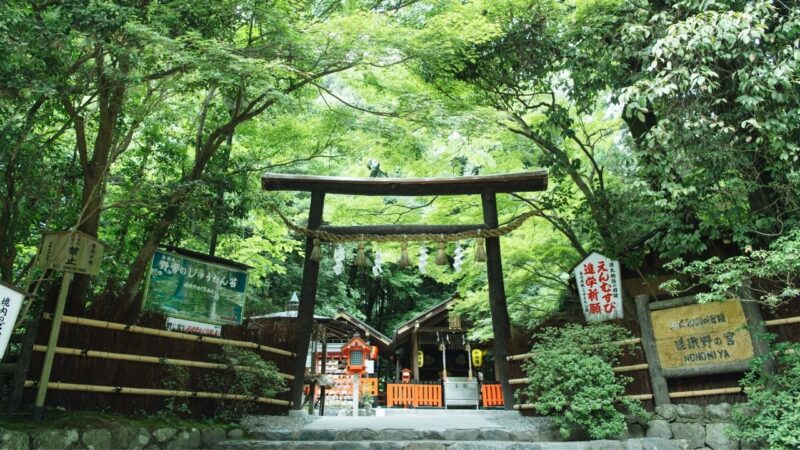
神道の神様は「God(西洋の一神教の神のこと)」ではなく、「deity(神)」や「divinity(神格)」、「Spirit(精霊)」などの単語を使うのが望ましいです。
筆者は「kami 」と日本語で言ってからその後「deity」という単語を使っています。翻訳が難しいことを添えています。
Japanese tradition refers to ” yao-yorozu-no-kami” .It means “myriads of deities” .
■神道における神様
-
- 自然の神様
海の神、山の神、火の神様、水の神、木の神、風の神など。 - 歴史上の人物を神格化した神様
昔の天皇、徳川家康公、菅原道真公など。立派な人たち。 - ご先祖様
亡くなられた方「御霊(みたま)」はこの世にとどまり、子孫を見守ってくれると信じられています。守護人になって下さるのです。
- 自然の神様
神道では地上のすべてに神が宿ると考えられています。
In Shinto it is believed that Kami (the deity) exist everywhere in nature.
Such as animals, plants, mountains and rivers, natural phenomenon, and ancestors from mythologies.
神社について英語で説明しよう
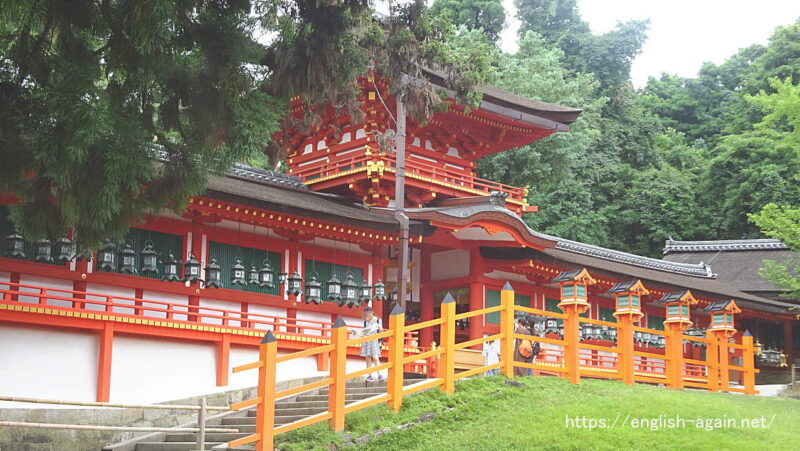
Shinto Shrine( Jinja in Japanese) is Shinto facility and enshrines Shinto deity.
In Shinto shrine, there are chief priest called Guji, and supplementary priestesses called Miko.
※宮司や巫女という言葉では伝わらないので補足説明が必要です。
外国の方にとってお寺と神社の違いはわかりにくいので以下の一言を添えるといいでしょう。
神社は神様を祀る場所で、お寺は仏像を祀る場所です。
神社は〇〇神社、〇〇大社のように社号がついています。
▪️神社(嚴島神社、八坂神社など)
▪️神宮(明治神宮、伊勢神宮など)
▪️大社(出雲大社、春日大社など)
▪️宮(日光東照宮、北野天満宮など)
神社に関係する事柄を英語で説明しましょう。
鳥居は英語で何ていう?

鳥居を英語で簡単に説明してみましょう。
鳥居は、簡単に言うと「Torii gate」ですが、単なる門ではありません。
Torii is a gate indicating a sacred place.
It shows the boundary between the human world and the sanctuary for Kami.
鳥居をくぐる時のお作法
We bow lightly at the torii gate.
We don’t walk in the center of the path.端を歩きます。
We walk on the side of the path.これは神様に対して敬意を示すためです。
This is because we should show our respect toward Kami.
狛犬は英語で何て言う?
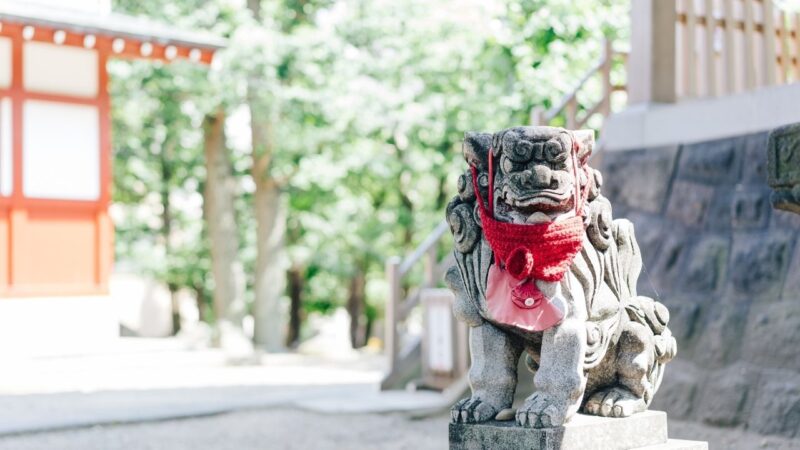
狛犬は2匹の犬の像です。
Komainu are statue pairs of dogs.
They can be found guarding the entrance to Shinto shrine.
※dog & lion-dog。左側が犬、右側が獅子で両方あわせて「狛犬」と呼ばれています。
Komainu are like watchdogs.
手水舎(てみずや・てみずしゃ・ちょうずや)は英語で何て言う?
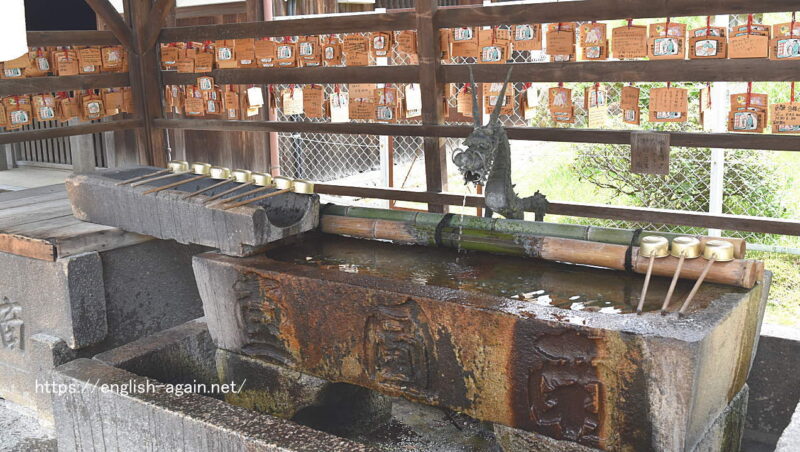
手水舎は、「てみずや(temizuya)」・「てみずしゃ(temizusha)」・「ちょうずや(chozuya)」などさまざまな読み方があります。
神社本庁は「てみずや」と呼んでいます。
place for ritual cleansing of hands and mouth with water
絵馬
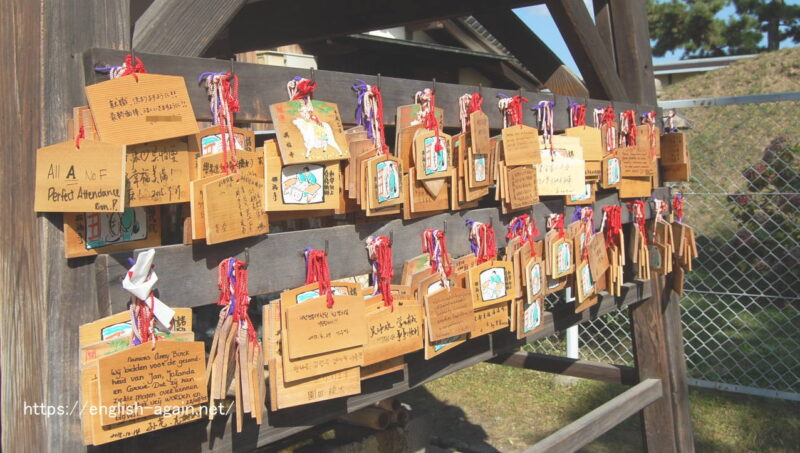
絵馬 (wooden tablet)
おみくじ
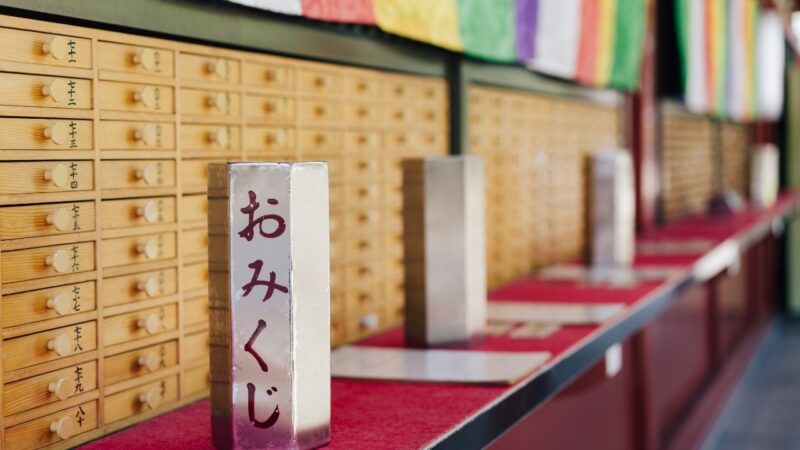
fortune slip / oracle slip / fortune telling paper など。
※”slip” とは、細長い紙の一片という意味です。
I draw a fortune slip.
「ひく」は「draw 」「chose」「get」などの動詞を使いましょう。
It predicts luck in marriage, proposed journeys, good direction or business fortune.
People tie the fortune slip on a branch of a tree or on the fence after we read.
▼下記の記事でもっと詳しく紹介しています。
おみくじを英語で説明「神社・お寺にて」

おまもり
Omamori are charms of protection from misfortune.
Omamori are charms to bring good fortune.
traffic safety, success in examination, business success, good health, easy baby delivery etc.
注連縄(しめなわ)
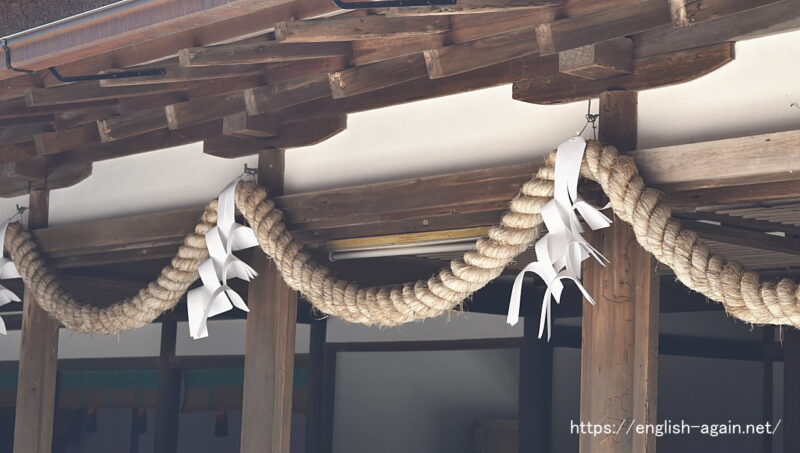
Shimenawa is a sacred rope used in Shinto.
It is hung out to distinguish sacred places from the rest.
神主と巫女
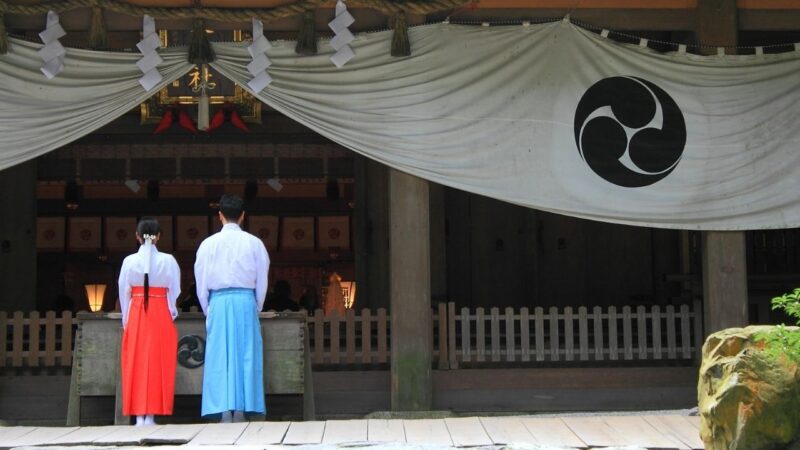
神主は神社で神事に仕える人です。
Kannushi are Shinto priests.
They perform the Shinto purification for people who come to worship and execute weddings.
初詣(はつもうで)
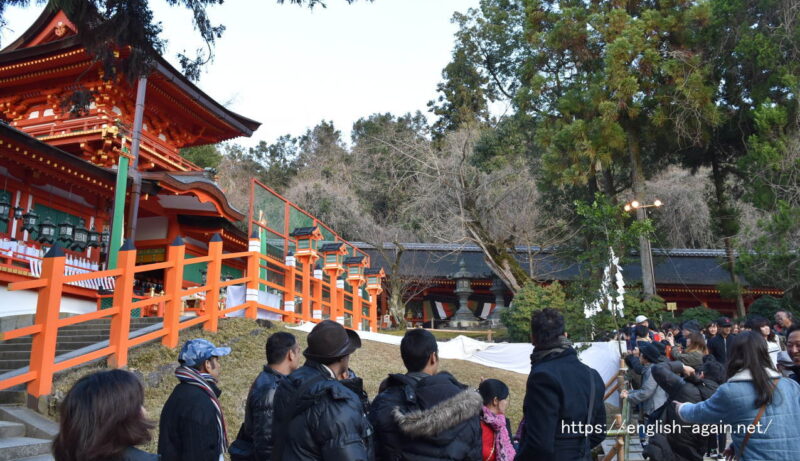
初詣は、新年に初めて神社やお寺にお参りに行くことです。
Hatsumode is the first visit to Shinto shrine or Buddhist temple in a new year.
People pray for their health and happiness.

この記事を書いている人
「英会話ラン」編集長のランです。インバウンドガイド(英語)をしています。既に1,300人以上の外国人を観光案内しました。
多くの旅行者の皆さんの旅のお手伝いをしながら、私自身も人との出会いを楽しませてもらっています。
日本を英語で紹介する記事を書いています。
「日本を英語で紹介」

